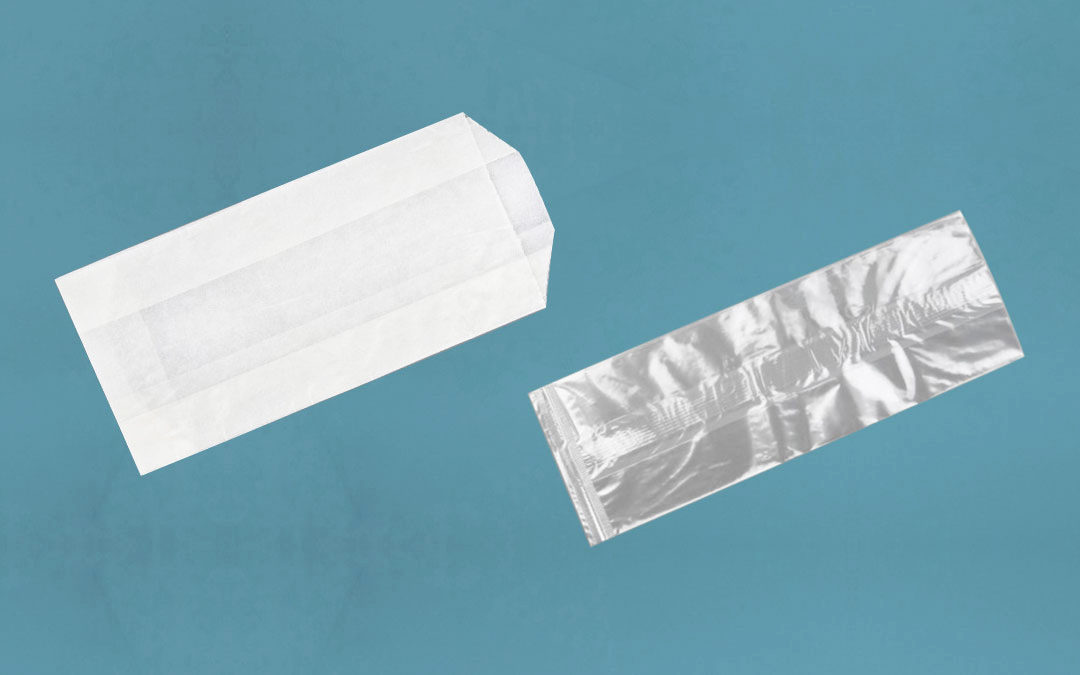Packaging can be like a good mystery novel: the more you dig into it, the more questions you have. But when you’re looking to make some buying decisions, you’ll eventually want some solid and to-the-point answers. That’s doubly true in the world of food packaging, where one option can seem way too much like another. So, let’s start with glassine vs cellophane: what’s the difference between them?
Glassine Material
If you’ve read the waxed bags vs glassine bags blog, you’ll be familiar with this stuff. Glassine is a smooth and glossy bakery paper that’s air, water and grease resistant. Once the paper is pressed and dried into sheets, it goes through a process called supercalendering. A set of rollers pressure and flatten the paper again, this time making all the paper fibers face the same direction.
The resulting paper has a clean, translucent look that showcases whatever baked goods are placed on it (or inside it once it’s turned into glassine bags). White is their most common colour, but they can be found in different colours and can be printed on.
The production of glassine doesn’t involve any chemicals or wax, so they’re fully recyclable and biodegradable in your backyard composter.
Best used for… baked goods, confections, homemade soaps and luxury goods.
Cellophane Material
Cellophane is a transparent film that isn’t easily permeated by air, oil, grease or bacteria (it’s vulnerable to water, but a lacquer can be used to protect it). You’ve likely come across it when buying certain foods like cookies and crackers, or when you’ve been the recipient of a gift basket (lucky you!).
Despite looking like plastic, cellophane is actually cellulose that’s been removed from wood, cotton, hemp or other plant sources. While it’s biodegradable, its manufacture employs the use of toxic chemicals to create it (including chemical baths to remove sulfur, bleach the film, and soften it).
Best used for… baked goods, candies, protecting and decorating gift baskets.
Glassine vs Cellophane: What’s the Best Choice?
Like most packaging decisions you come up again, you can choose between glassine vs cellophane by asking yourself some qualifying questions:
- Are you packaging edible goods or assembling gift baskets?
- Are you creating a “look” or simply protecting your products?
- Are you looking for packaging that’s as eco-friendly as possible?
By now, you’ve likely decided exactly which food packaging option is for you. While both are great for protecting baked goods, it’s clear that glassine bags and cellophane bags have their pros and cons (does that qualify as a pun? is there such thing as half a pun?).
Whether you’re interested in the difference between glassine vs cellophane material, or just want to dive into the bigger subject of packaging itself, our knowledge center is ready and waiting for you. It’s full of topics that cover everything from basic materials to unboxing strategies to how to create custom packaging. And if you don’t see an answer to any packaging questions you have, be sure to ask us!




